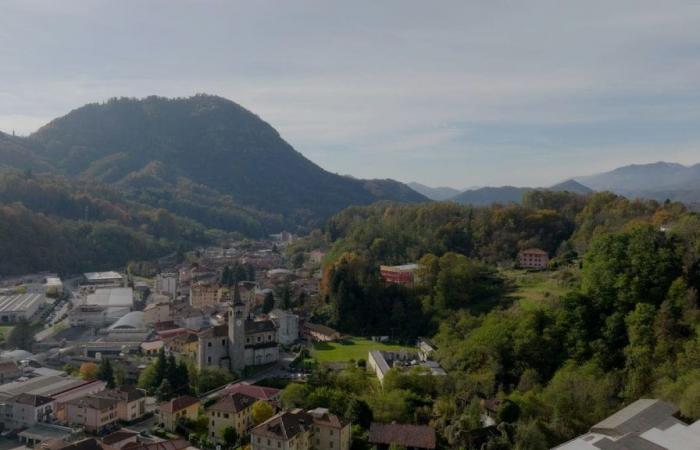
With his 984 years of historywe know that the Pontifical Marinelli bell foundry of Agnone (Isernia, Molise) is the oldest in the world in this production which is so original and widespread throughout the world. A record that has not been undermined, but to which an equally small – and familiar – reality of the Piedmont. TO Valduggia, a municipality in the Vercelli area, there is in fact a company that has been melting bronze and making bells “the old way” since the 1400s. Yet, very few people know about it. Or rather, they knew her, because today, thanks to the FAI – Italian Environment Fund, hers is a reality that has hit the headlines. Let’s discover it together.
The “Piedmontese Agnone”
There Award-winning bell foundry “Achille Mazzola” it dates back to around 1400. A short calculation, we see that this reality has existed for now six centuries. Less than the almost 1000 years of Agnone, but enough to consider it a true Italian excellence. Even though she was closed in 2004the ancient foundry has marked the history of Valduggia for time immemorial, a municipality where craftsmanship is expressed in numerous forms, such as knitwear and yarns.
Those of the Mazzola family are made bells strictly in bronze (an alloy with 78% copper and 21% tin, slightly modifiable depending on the final result you want to obtain), enriched by the internal door leaf (or clapper) and by the internal ring in iron, and from the leather that tied the ring to the door. In short, a series of elements constructed following masterly skill and craftsmanship, which until a few years ago included the construction of brick models, wooden shapes, in addition to the extensive use of clay as an element of separation between the various elements of the die.
Think that, yesterday like today, the bronze casting occurs at the very high temperature of 1200°C, while the model is practically buried in the earth, and where it remains until completely cooled. But the work isn’t finished yet, because we have to to test the bell with a tuning fork and verify that its sound is as expected. Otherwise, such a long job will practically have to be done all over again.
From Valduggia the Piedmontese bells have reached the four corners of Italy and the world, above all thanks to the action of the missionaries who, preaching the Gospel, brought with them the expertise of the Vercelli artisans. Of the beyond 35 thousand bells built over six hundred years, however, the largest remained in Piedmont. More precisely, al Sanctuary of the Consolata of Turin, where a bell weighing 4250 kg has been ringing since 1940. Few, many? Consider that the first major bell of the St. Peter’s Basilica in the Vatican weighed 5565 kg, while the Maria Dolens of Rovereto weighs 22.6 tons (22,639 kg), and is the fifth heaviest in the world “freely lying”, i.e. not being placed in belfry cells.
Valduggia and its bells today
Closed in 2004, the Achille Mazzola foundry it is today a museum complex, also thanks to the interest of the FAI in whose census of Places of the heart 2022 was the 11th most voted site in Italy. Wooden models, tiles, reproductions of both small and full-sized bells are among the elements that can be visited in this place that tells of centuries of craftsmanship. The foundry museum is located in Via Cremosina, 33 and can also be visited through guided tours (to be requested by writing to [email protected] or via the museocampaneachillemazzola.it website)
The rest of the town is also worth a visit: in the center of Valduggia there is space for a beautiful village with painted houses and traditional porticoes, where the figure of the sixteenth-century painter stands out Gaudenzio Ferrarinative of here and narrated with words of esteem even by Giorgio Vasari.
The photos contained in the article come from Fondoambiente.it. All rights reserved to the respective authors



